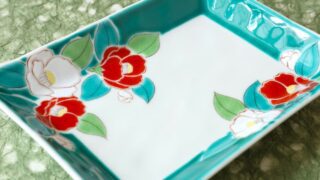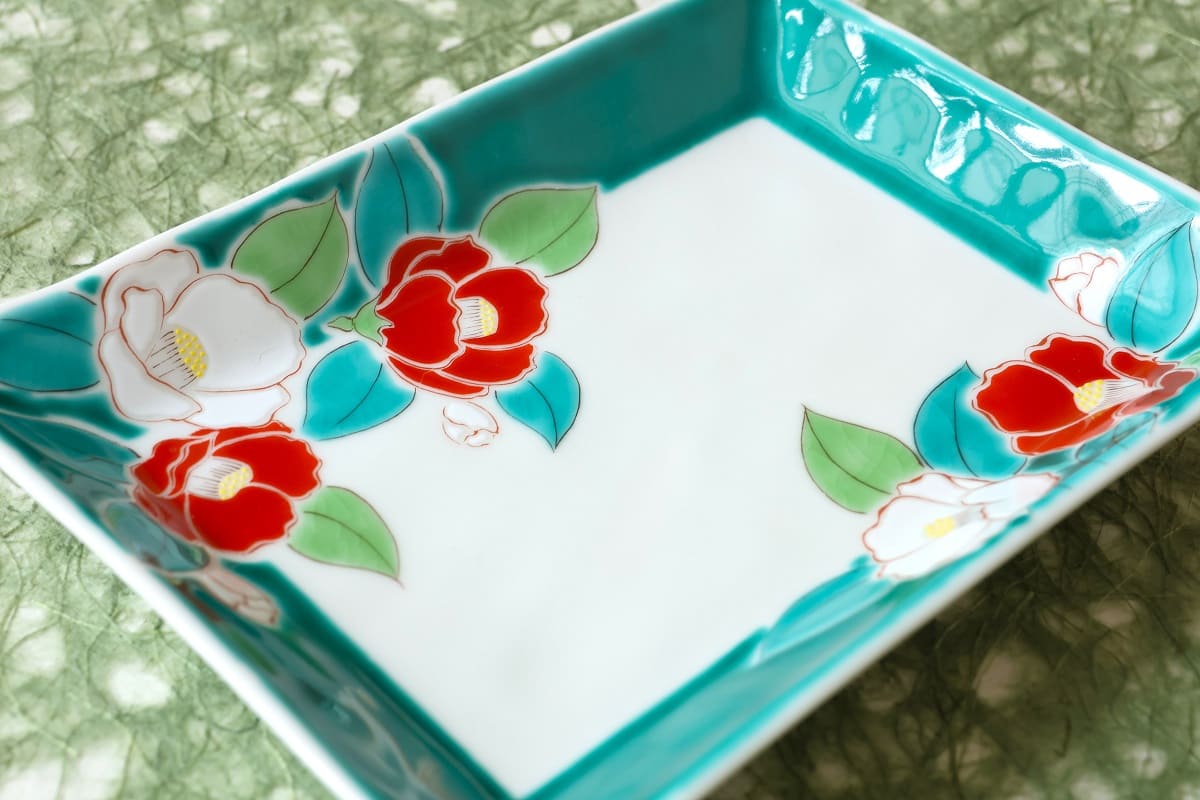Japanese pottery is a rich art form that combines ancient techniques with unique aesthetics, making it highly valued worldwide. Its origins date back thousands of years, evolving over time to create distinct styles unique to various regions in Japan. From everyday tableware to tea ceremony utensils and decorative pieces, Japanese pottery is celebrated for both its beauty and functionality.
This article will explore the main types of Japanese pottery, including Seto, Mino, Kutani, Hasami, and Bizen ware, detailing their history, characteristics, and appeal. We’ll also look at the differences between Arita and Imari ware, which are often mistakenly seen as the same. By understanding the deep world of Japanese pottery, you can gain a greater appreciation for the pieces you use in daily life and even discover a new favorite style.

Let’s dive into the fascinating characteristics of Japan’s most iconic pottery styles.
What are the Main Types of Japanese Pottery?
Japan is home to a wide variety of pottery, each with unique qualities influenced by the local environment, traditions, and craftsmanship.
Among the most renowned types are Seto, Mino, Kutani, Hasami, and Bizen ware.
Characteristics of Seto Ware

Seto ware originates from Seto City in Aichi Prefecture and has a history that dates back to the Heian period (794-1185). Known for its versatility, Seto ware includes a wide range of products from everyday dishes to decorative items. The use of glazes in vibrant colors is a defining feature, making Seto ware popular for daily use due to its variety and practicality.
Characteristics of Mino Ware

Mino ware, produced in the Mino region of Gifu Prefecture, is one of Japan’s most prominent types of pottery, accounting for more than half of the country’s ceramic production. It encompasses various styles such as Oribe, Shino, and Yellow Seto, characterized by their unique glazes and designs. Mino ware is appreciated for its simple, functional shapes that suit modern lifestyles.
Characteristics of Kutani Ware

Kutani ware, originating from the Kutani area in Ishikawa Prefecture, is famous for its vivid, multicolored overglaze enamel designs. Established in the 17th century, Kutani ware is known for its bold and vibrant patterns using five key colors: red, blue, yellow, green, and purple. These striking designs continue to captivate collectors and art enthusiasts today.
Characteristics of Hasami Ware

Hasami ware, from Hasami Town in Nagasaki Prefecture, has a history dating back to the Edo period (1603-1868). Known for its affordability and everyday usability, Hasami ware is often simple in design, with charming hand-painted patterns or stamps. Recently, modern interpretations that blend traditional techniques with contemporary styles have boosted Hasami ware’s popularity.
Characteristics of Bizen Ware

Bizen ware, produced in Bizen City in Okayama Prefecture, is one of Japan’s six ancient kilns. Notable for its rustic, unglazed appearance and reddish-brown color, Bizen ware is valued for its organic textures and natural patterns created during the firing process, such as “hidasuki” (fire markings) and “yohen” (kiln transformations). These unique, one-of-a-kind effects make each piece of Bizen ware distinct and highly sought after, especially for tea and sake utensils.
Differences Between Arita Ware and Imari Ware
Arita and Imari ware, both produced in Saga Prefecture, are often confused due to their historical and stylistic similarities. However, there are notable differences between the two.
The Appeal of Arita Ware

Arita ware, first produced in the early 17th century, was Japan’s first porcelain and quickly gained acclaim for its clear white base and intricate blue underglaze designs. Arita pieces were particularly popular as export items to Europe, where they were prized for their elegance and detailed artistry. Today, Arita ware continues to represent high-quality ceramics with both traditional and modern designs.
The History and Features of Imari Ware

Imari ware refers to Arita ceramics shipped from Imari Port, making it essentially synonymous with Arita ware in many contexts. However, Imari ware is often associated with more decorative, colorful overglaze designs that were especially popular for export. The bright and ornate patterns of Imari ware distinguish it from the more subdued, refined aesthetics of early Arita pieces.
Why Are They Often Confused?
The confusion between Arita and Imari ware stems from historical trade practices. During the Edo period, many of the ceramics made in Arita were shipped from Imari Port, and thus became known overseas as Imari ware. This connection has led to a blending of the terms, although distinctions in style and period remain.
Modern Trends in Japanese Pottery

In recent years, Japanese pottery has seen a resurgence in interest, blending traditional craftsmanship with modern design elements. Young potters are exploring new aesthetics, such as minimalist and contemporary styles, while staying true to the heritage techniques passed down through generations. Additionally, there’s a growing emphasis on sustainable production practices, as potters seek to create environmentally-friendly ceramics that resonate with today’s values.
Q&A
- Q: Which Japanese pottery is the most expensive?
- A: Certain Arita pieces, especially those that are antique or have significant artistic value, can be highly expensive.
- Q: What is a good type of Japanese pottery for beginners?
- A: Seto ware and Mino ware are great choices for beginners due to their affordability, variety, and practicality.
Conclusion
Japanese pottery is a reflection of the country’s diverse cultural heritage, craftsmanship, and artistic expression. From Seto and Mino ware to the vibrant Kutani, functional Hasami, and rustic Bizen ware, each style offers unique charms that appeal to a wide range of tastes. Modern trends continue to evolve, introducing fresh interpretations while preserving traditional roots. By exploring the world of Japanese pottery, you can find pieces that not only enhance your daily life but also connect you with a rich artistic legacy.
This article provides a comprehensive overview of the different types of Japanese pottery, making it an ideal resource for anyone looking to deepen their understanding of these beautiful and functional art forms.















